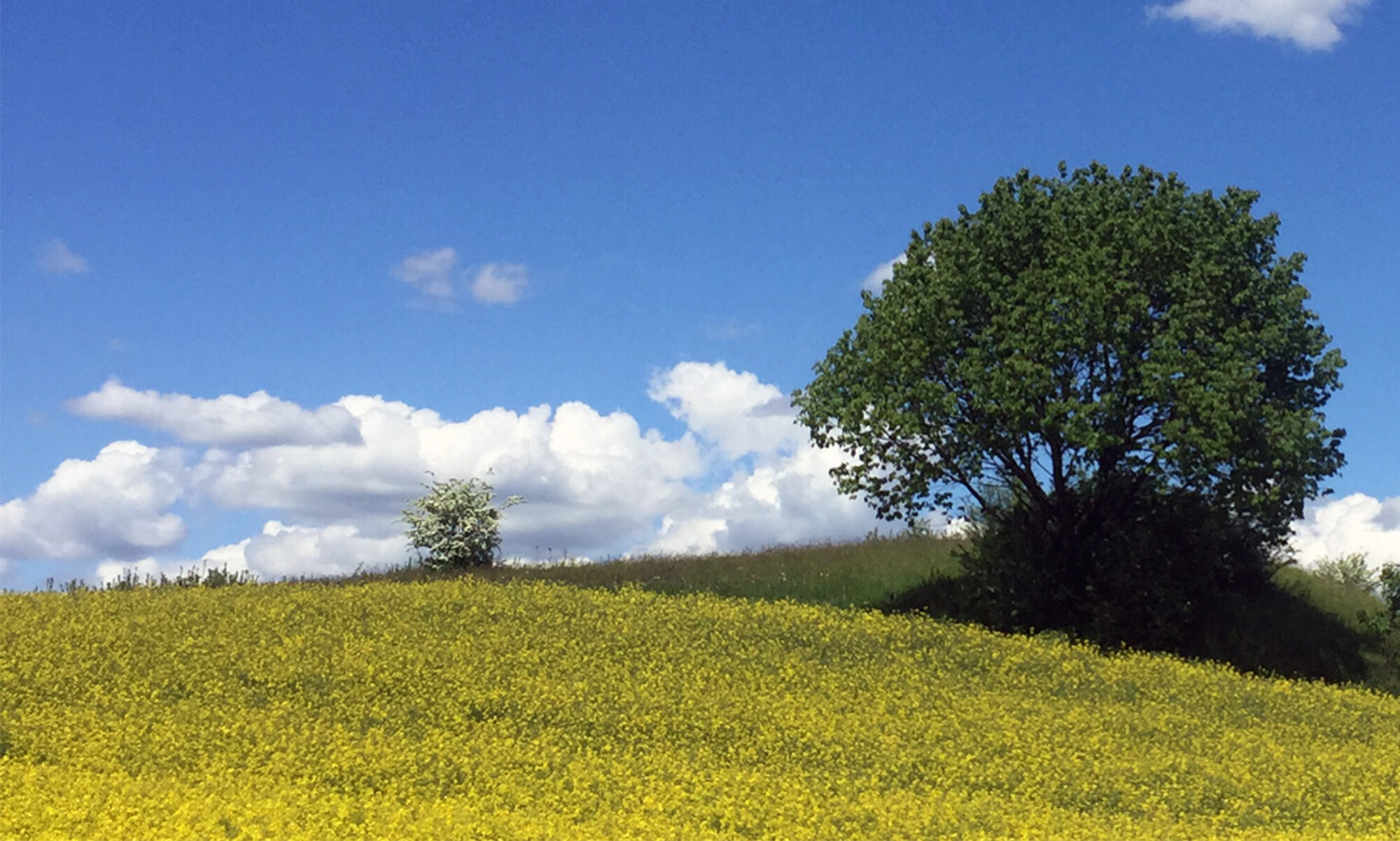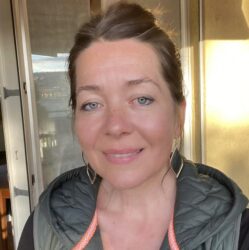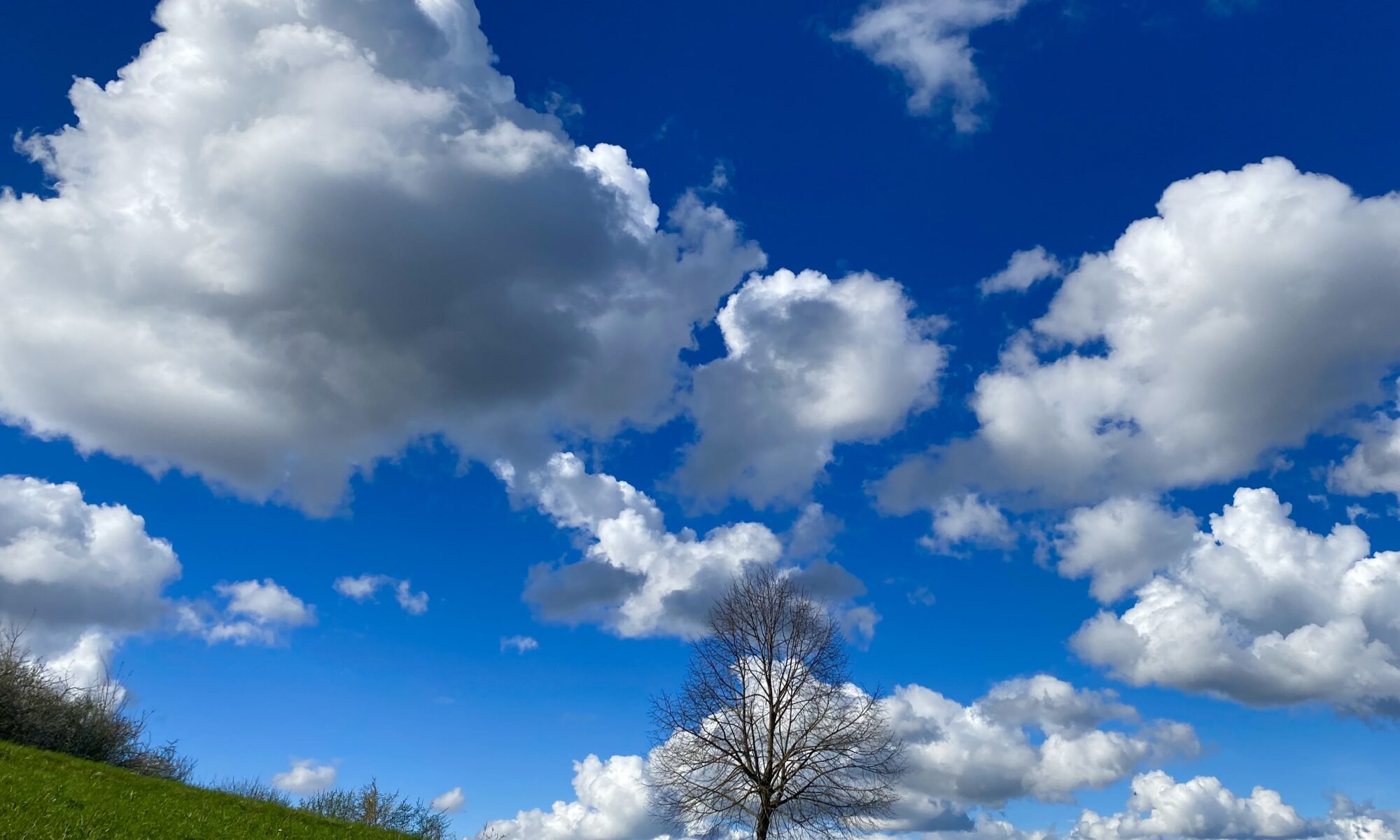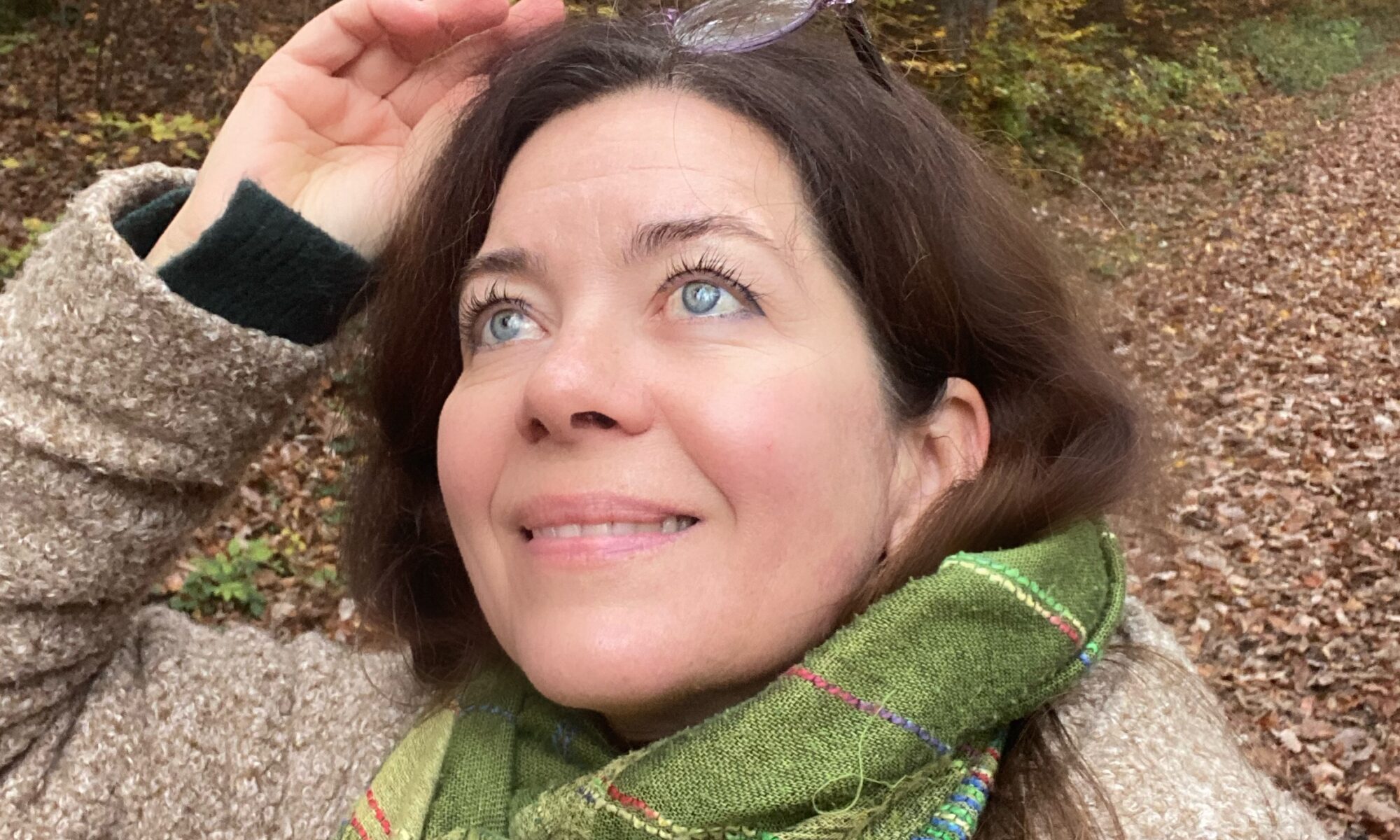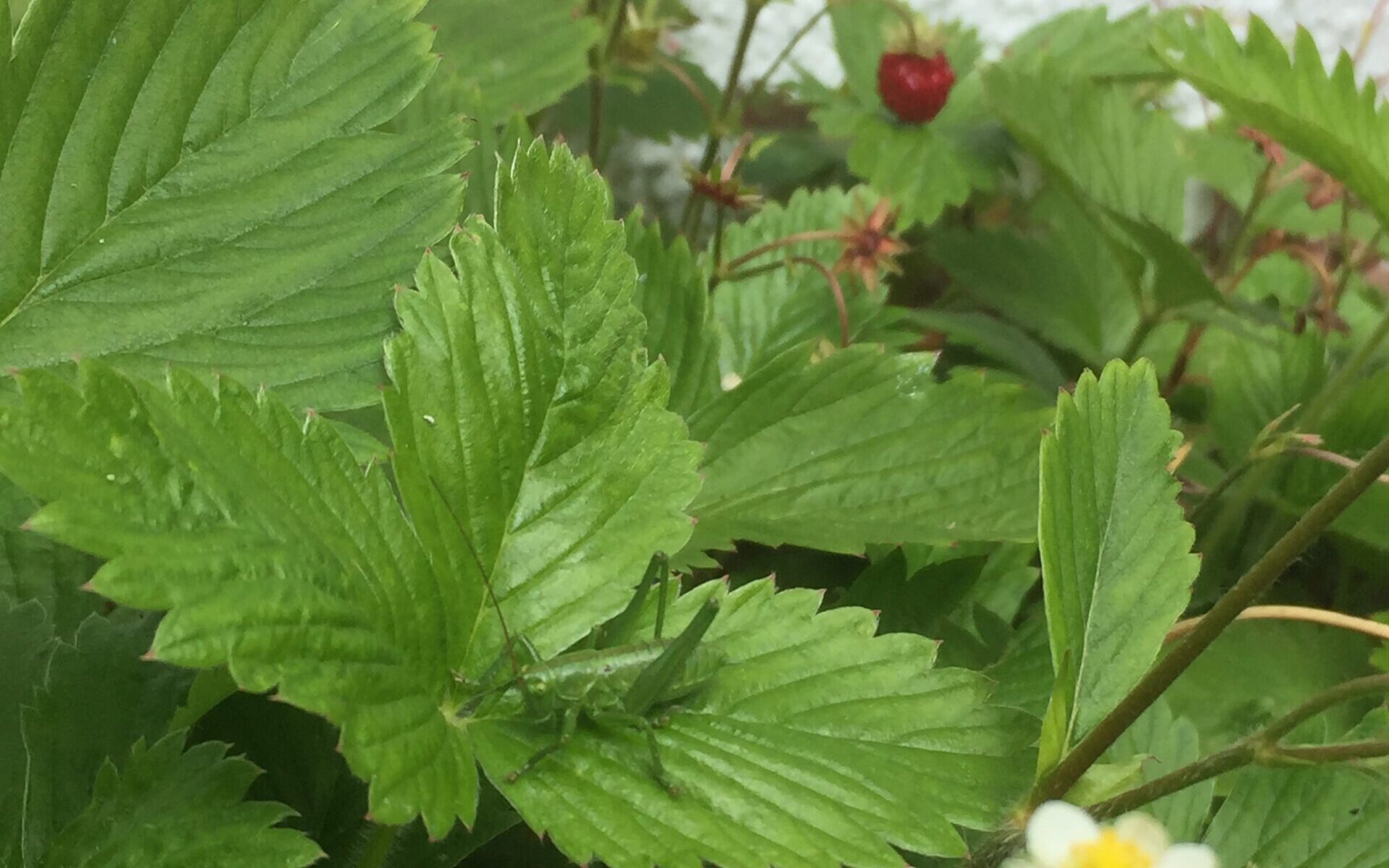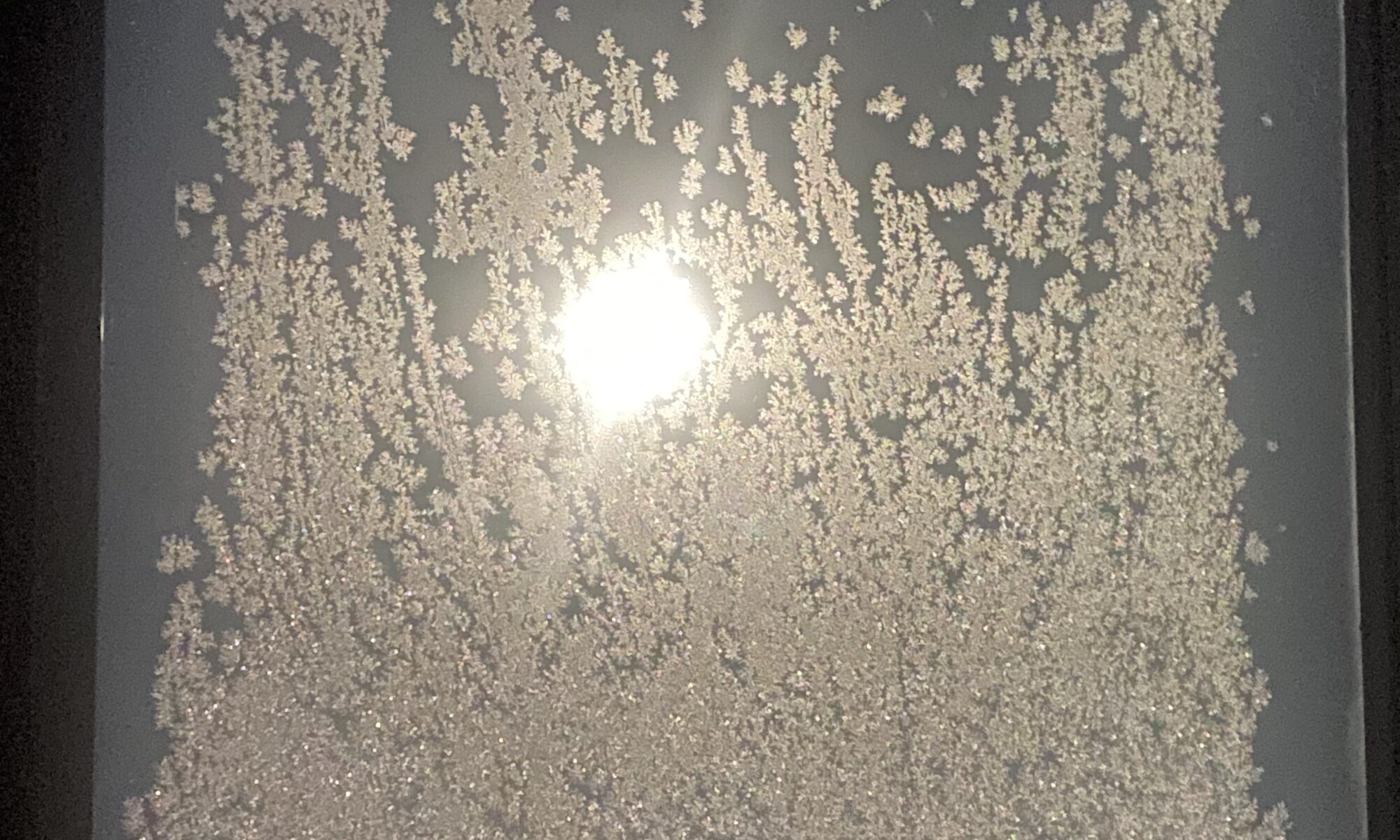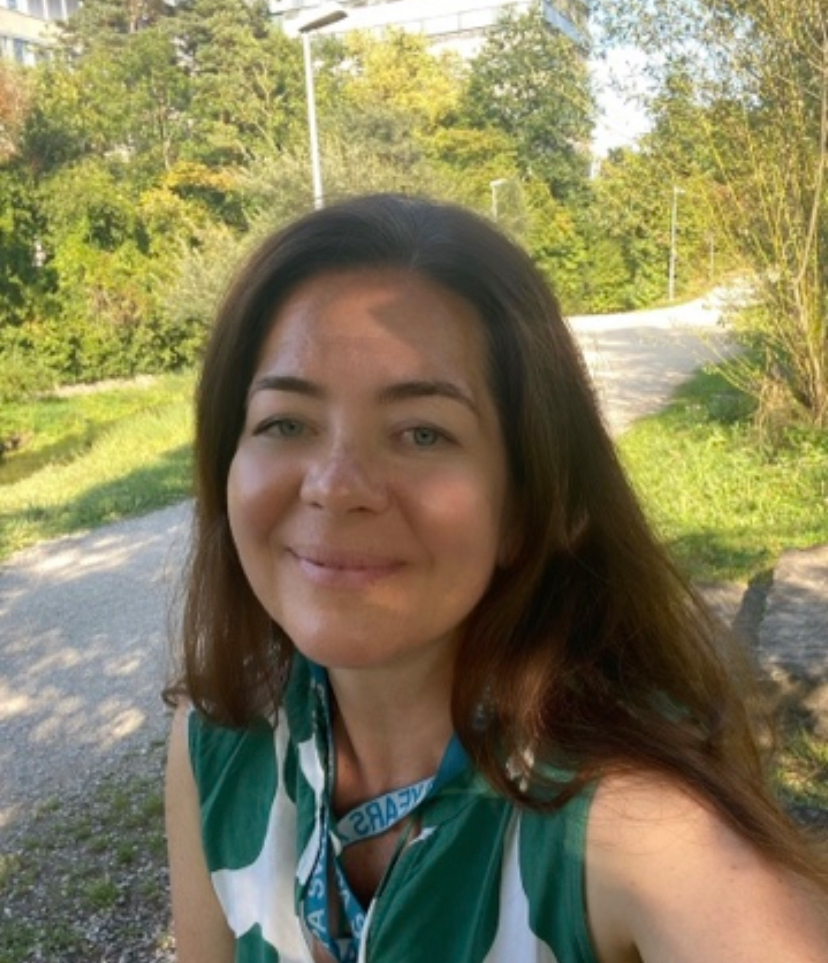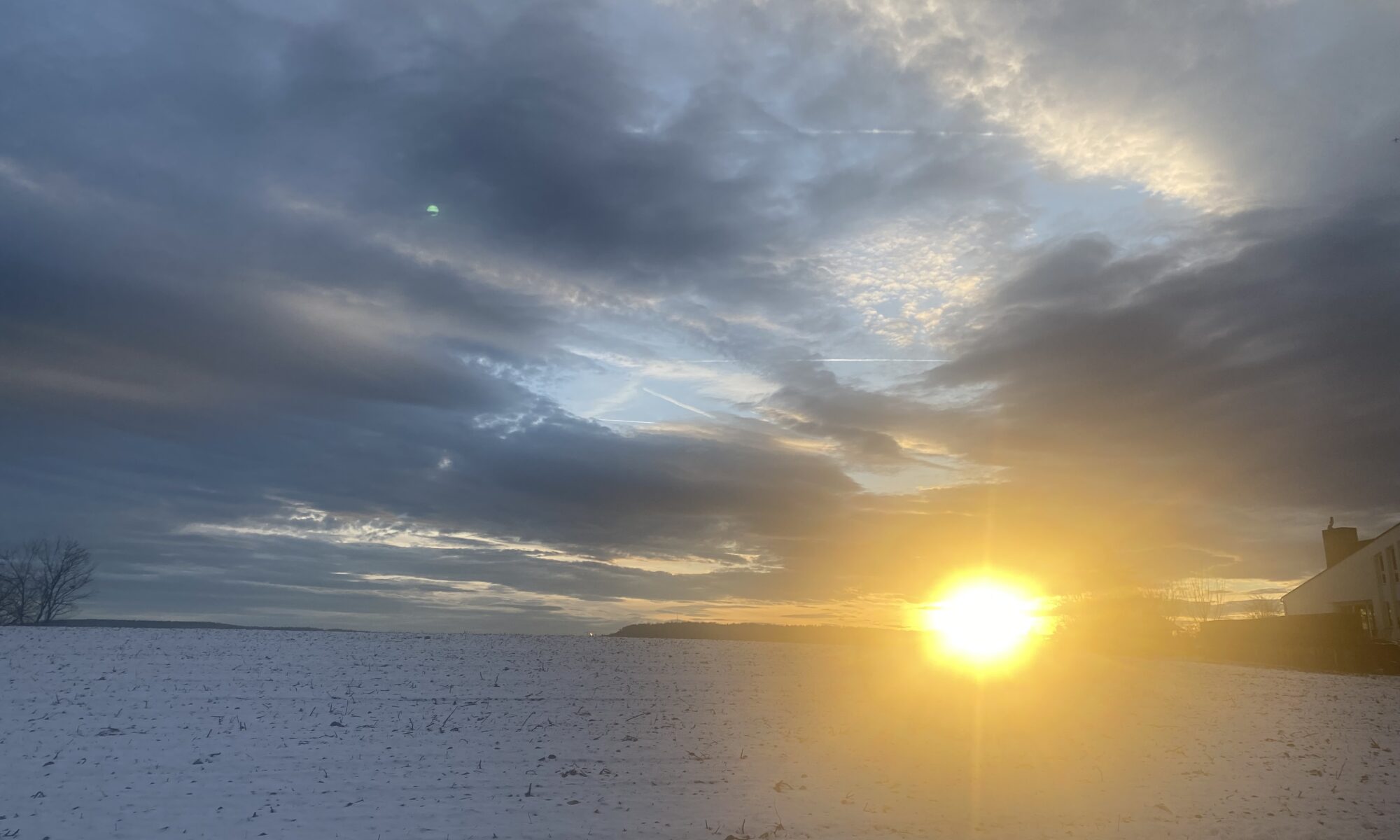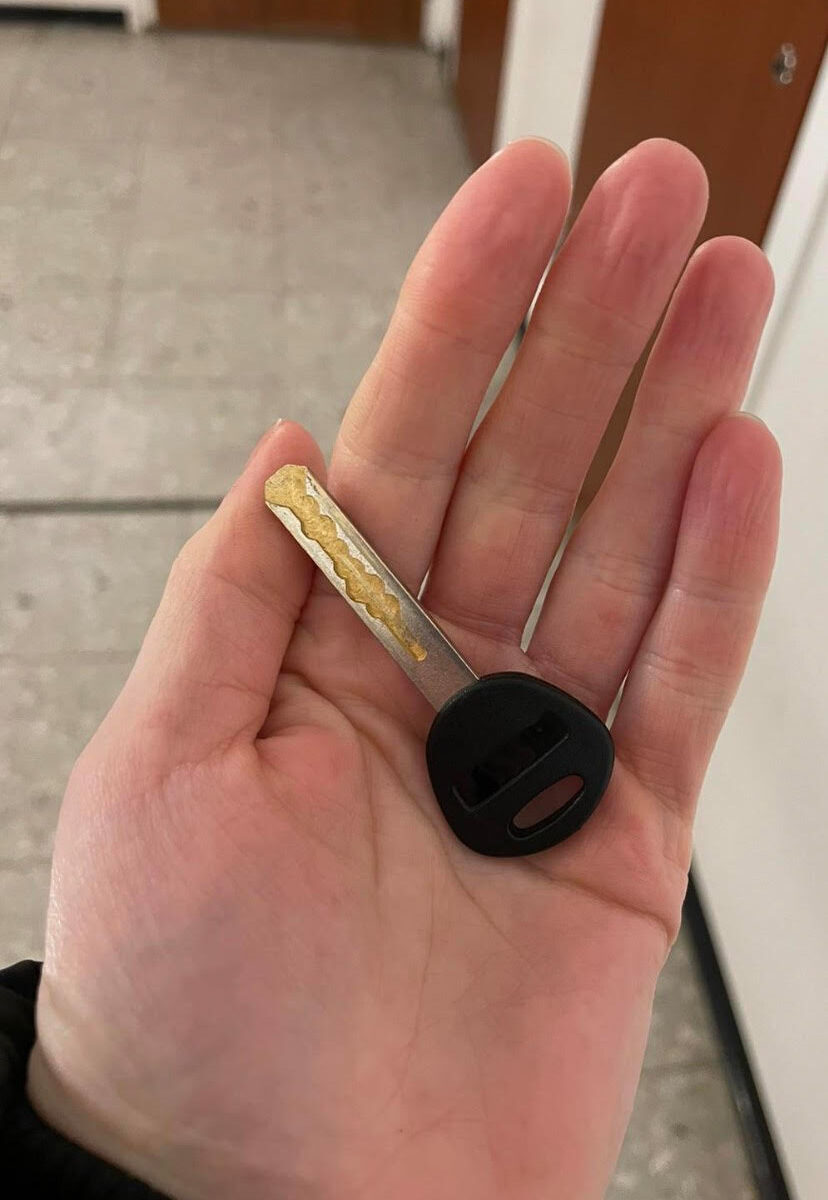It was a soft spring evening, the air light with birdsong and the hum of bumblebees. My sister-in-law and I were on a walk, enjoying the peaceful surroundings near my home. As we wandered, I could sense she had something deeper on her heart—something that had been quietly forming within her.
We found a quiet bench and sat down. After a long pause, she turned to me and said, “You know… I actually think becoming sick was a blessing in disguise.”
I looked at her gently. “How so?”
She shared how the past year had been one of the most difficult of her life how her health had broken down in ways she never expected. But in that breakdown, something essential had surfaced. “When you’re forced to stop,” she said, “you begin to see what you’ve been running from. I used to think being a good mother and wife meant doing everything perfectly, keeping everything under control. But now… I just want to live. I want to feel the moment. I want to choose happiness over performance.”
I nodded, deeply moved. “We give so much of ourselves, especially as women. But if we lose our joy in the process, we lose the spark that gives everything meaning. The most powerful gift we can offer our children is our own fulfillment. That shows them what’s possible.”
She smiled, and then said, “Did you know you can actually train your brain to see life differently?”
“Yes,” I said. “Neville Goddard used to describe the subconscious mind as a garden. It doesn’t choose what grows—it simply reflects the seeds we plant. If we want something new to blossom, we have to be conscious of what we’re planting.”
I explained how early experiences, especially in childhood, often shape the lens through which we see everything. “If we don’t take back our awareness,” I said, “the script of our life continues to be written by old fears.”
She listened intently. I shared a little story—a time when I had a pair of headphones with a long cord. I used them while cleaning, and they’d constantly get tangled or caught. Eventually, I bought wireless ones, but for weeks, I still moved as if the cord were there. “That’s how deeply conditioned we become. Even when nothing is holding us back anymore, we move like something still is.”
Her eyes lit up. “It’s time for a new version of me,” she said. “I’ve always dreamed of opening a place in the countryside to care for dogs. It’s simple… but it’s my dream.”
“There’s more to life than working and paying bills,” I said. “But to experience that, we have to change how we see ourselves. Everything outside begins inside.”
We talked about how easy it is to let dreams slip away in the name of responsibility. And how many women wake up one day, only to realize their own happiness was left behind years ago—buried under expectations, roles, and guilt. But when we prioritize our joy, our children learn that joy is worth protecting. That dreams are worth following.
The sun dipped lower, casting golden light through the trees. We wrapped our jackets a little tighter as the breeze cooled. We stood, holding onto that warm moment of connection, and embraced.
“Let’s keep reminding each other,” we said, “to follow what truly matters.”
As she walked away, I felt a quiet fire rekindle inside me. Gratitude, love—and a deeper sense of purpose. I knew I was ready to keep writing, to share my journey, and to inspire others to reconnect with their own inner freedom.
Because the dream doesn’t have to wait.
It begins with a single decision:
To live it—now.
